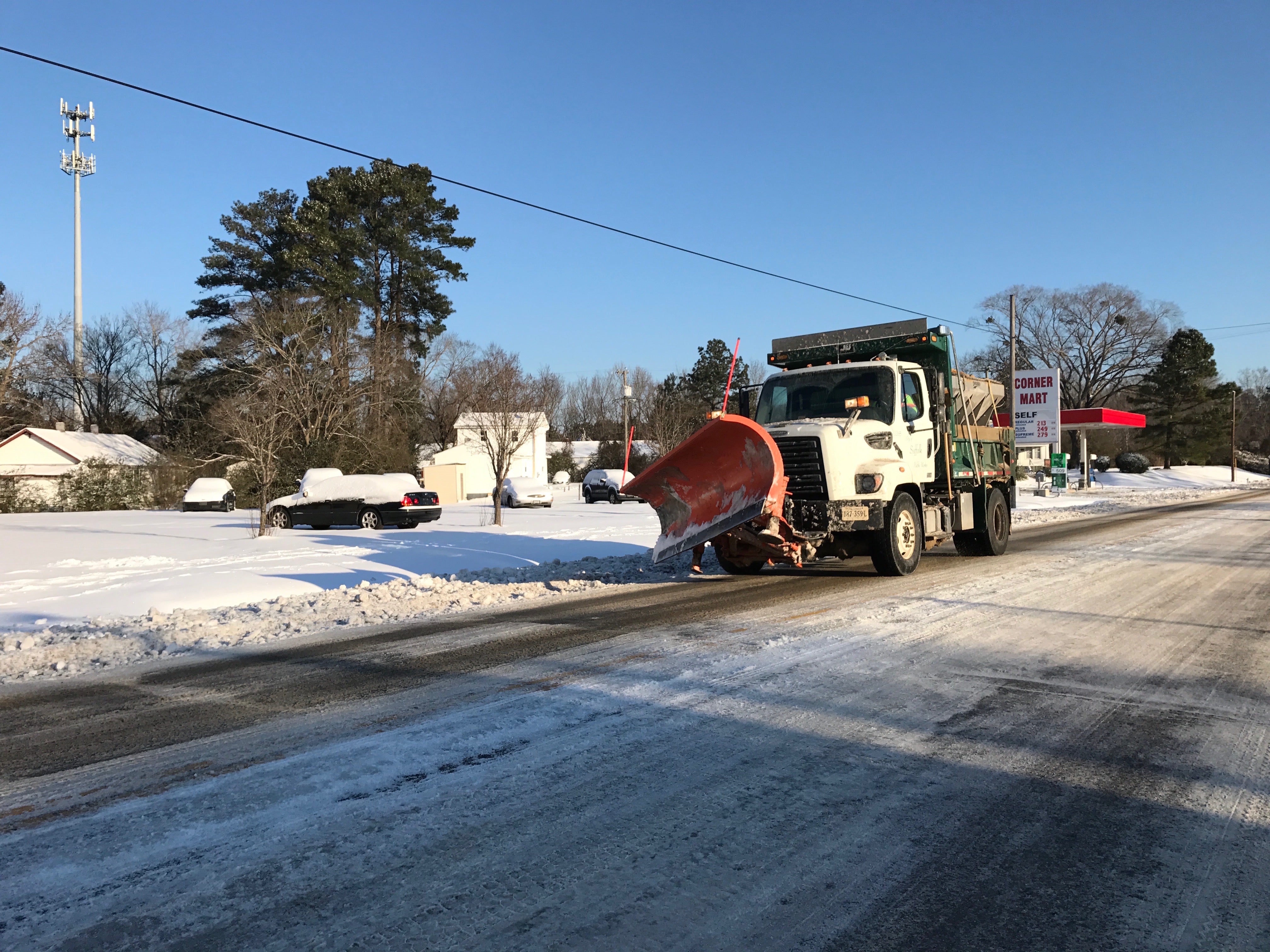Carbon monoxide: An invisible danger
Published 12:00 am Saturday, June 28, 2003
Special to the News-Herald
Carbon monoxide is not to be messed with! Is that a blunt enough message for you?
Based on a recent press release from the Department of Homeland Security (DHS) and ongoing safety education efforts by the Coast Guard to warn the boating public, carbon monoxide-related illnesses, injuries, and fatalities may be far greater than reported. This is a serious issue if you own any type of engine on your vessel.
What is carbon monoxide? It is a tasteless, odorless and colorless gas produced by combustion.
For the boating public, the danger lies within this gas. Some boaters are aware that this toxic gas is found inside engine compartments, but few understand that the gas, according to the press release, &uot;can pool in deadly concentrations outside the boat as well, around engine and generator exhaust outlets, under and around swim platforms, and even in an open cabin.&uot;
The release added, &uot;many in the boating safety community believe that carbon monoxide-related injuries and fatalities may go underreported because they are attributed to other causes such as seasickness or intoxication.
There is growing concern that as many as 15 percent of the deaths attributed to drowning in fact occurred when a swimmer was already unconscious from exposure to carbon monoxide.&uot;
So what can boaters do to avoid the dangers of carbon monoxide? They should look at all the exhaust outlets and ensure that they are free of all debris and completely clear of obstructions. When the vessel is operating at lower speeds, and most especially when the engine is on and the vessel is drifting the operator needs to watch wind direction and prevent the opportunity to create a back draft that keeps CO inside the vessel, sometimes referred to as the &uot;Station Wagon&uot; effect.
There are four primary symptoms that you should be aware of: nausea, irritated eyes, headache, and dizziness. However, these can also be associated with seasickness or even intoxication, so be on the lookout.
The Coast Guard’s Atlantic Area Public Affairs staff answered an important question for our readers about to protect ourselves and our guests. Here are some suggestions:
— Know where and how CO may accumulate in a boat.
— Maintain fresh air circulation throughout the boat.
— Know where the engine and generator exhaust outlets are located and keep everyone away from these areas.
— Never sit, teak surf, or hang on the back deck or swim platform while engines are running.
— Never enter areas under swim platforms where exhaust outlets are located unless the area has been properly ventilated.
— Although CO can be present without the smell of exhaust fumes, if exhaust fumes are detected on the boat, take immediate action to dissipate these fumes.
— Install and maintain CO alarms inside the boat. Do not ignore any alarm. Replace alarms as recommended by the alarm manufacturer.
— Get a free Vessel Safety Check every year.
Suffolk News-Herald boaters interested in more information on Carbon Monoxide and recreational boating can look for publications produced by the U.S. Coast Guard. If you are able to get on-line please visit www.uscgboating.org, or call the U.S. Coast Guard’s Office of Boating Safety Infoline at 1-800-368-5647.
I can not emphasize enough how critical a safety issue this is! Until next week…Boat Safe and Boat Smart!



